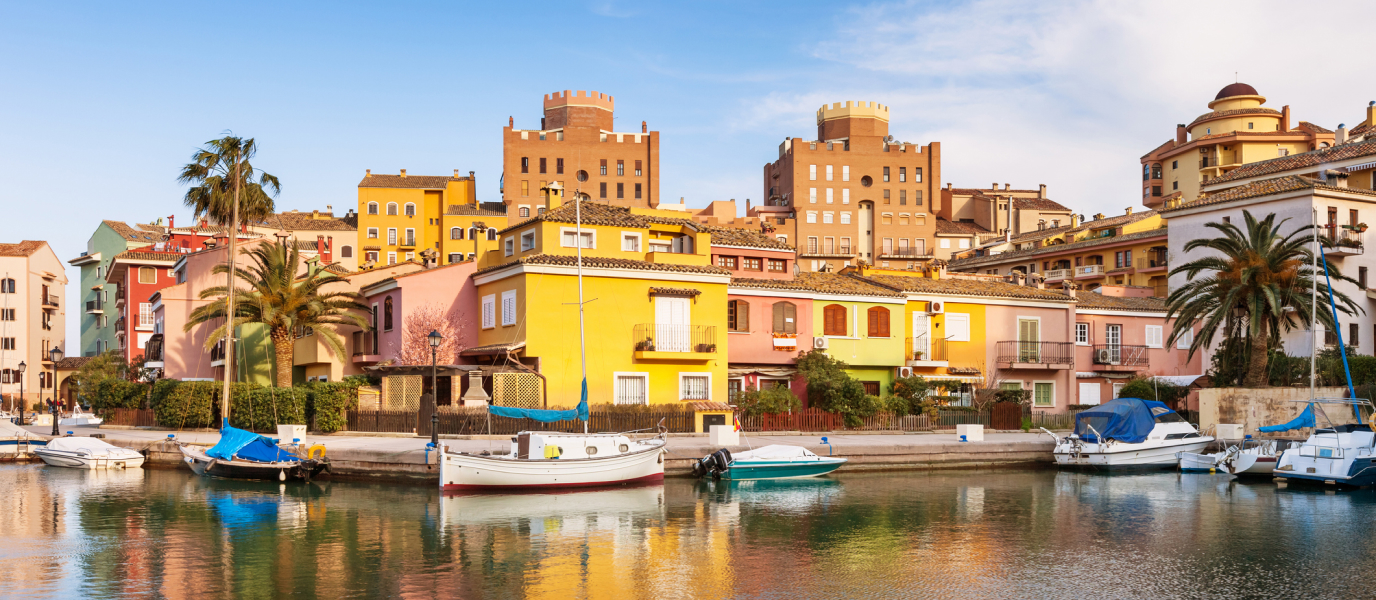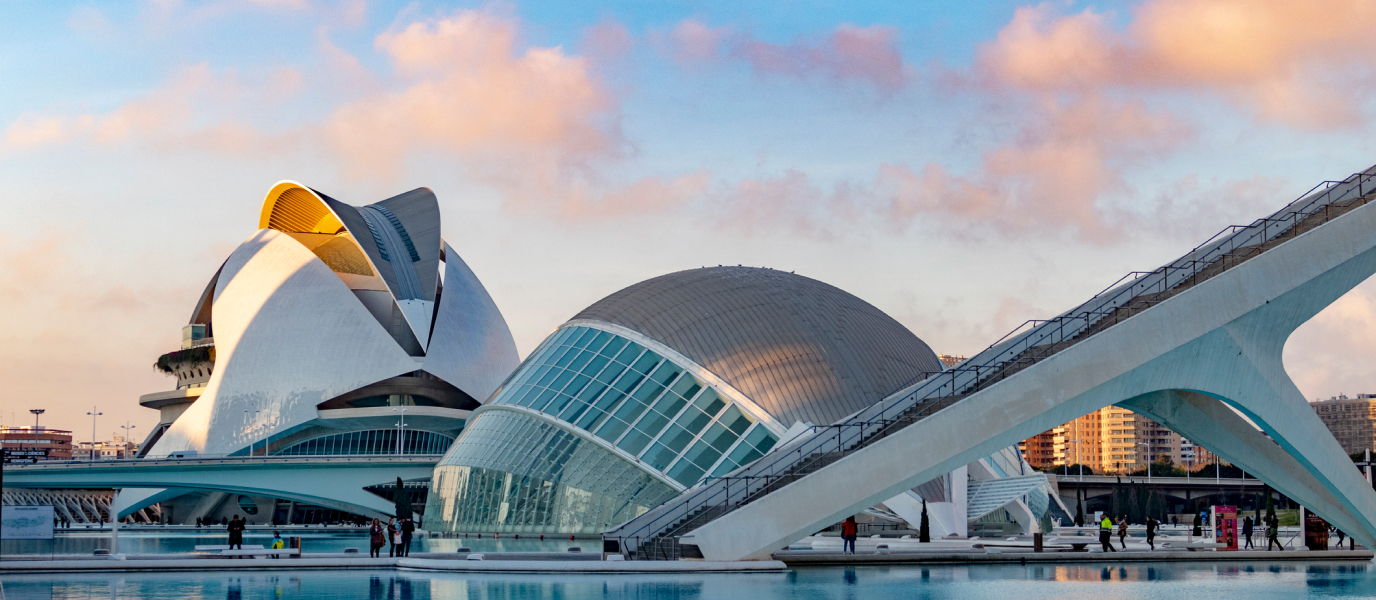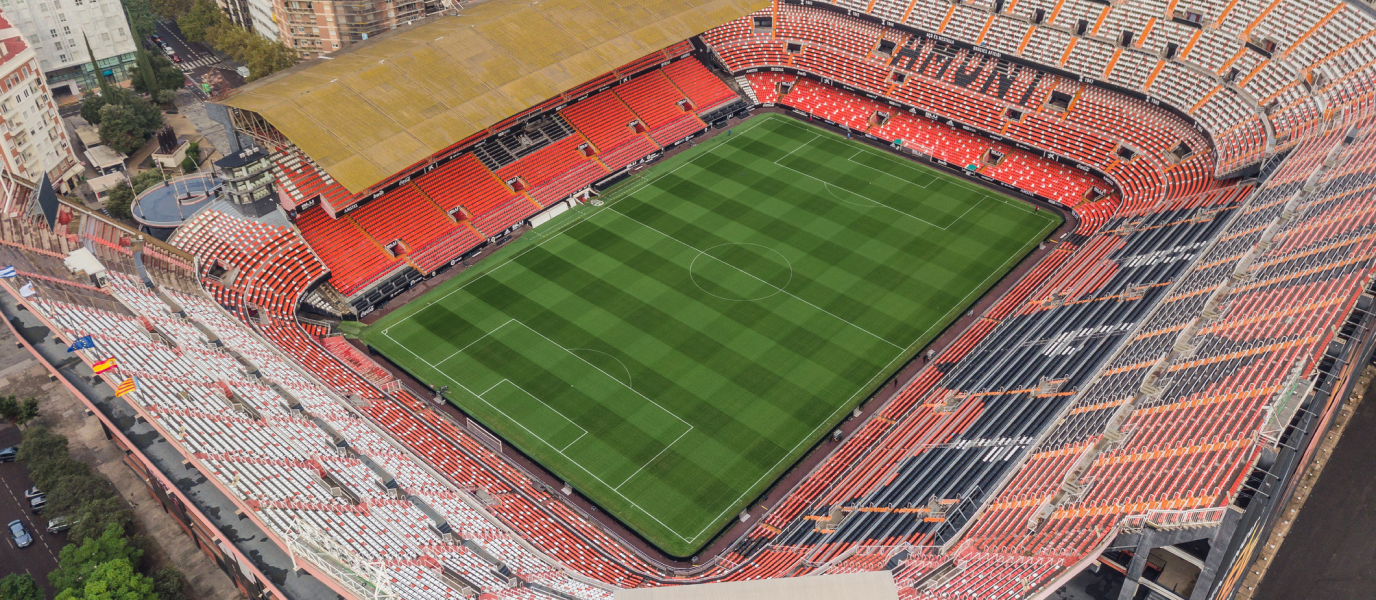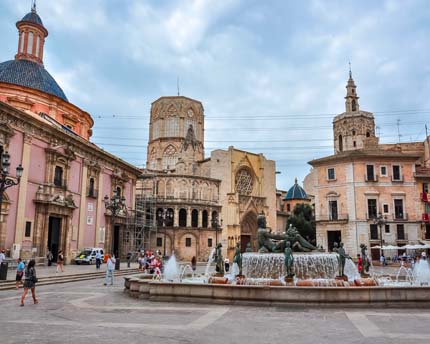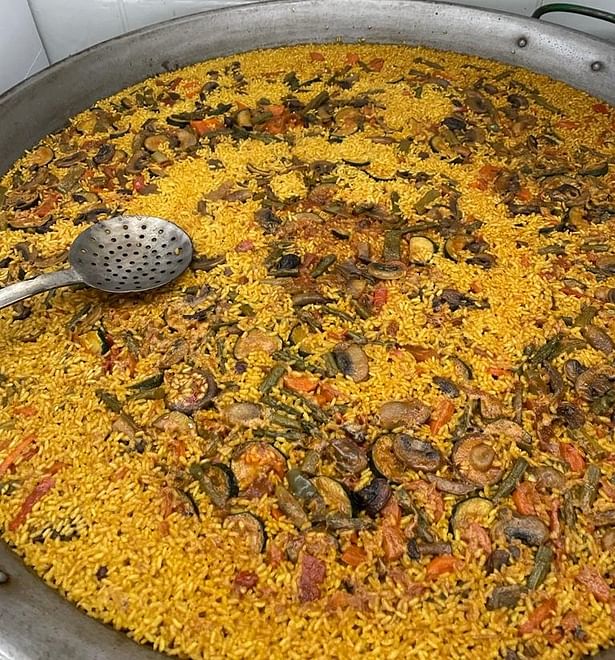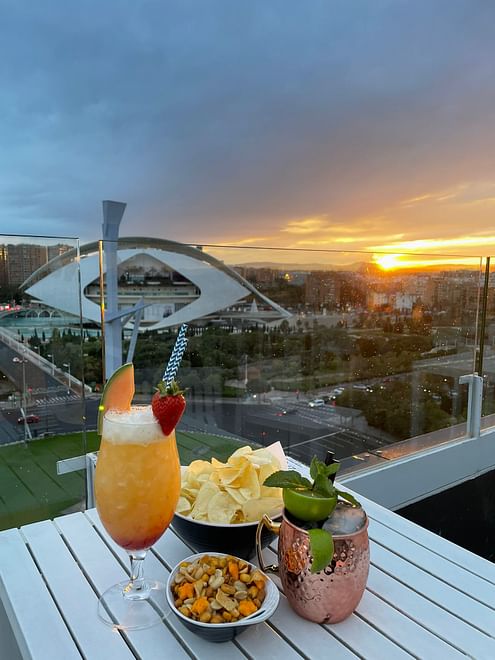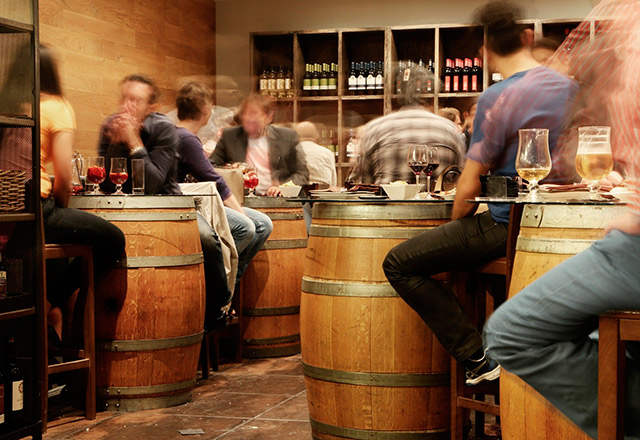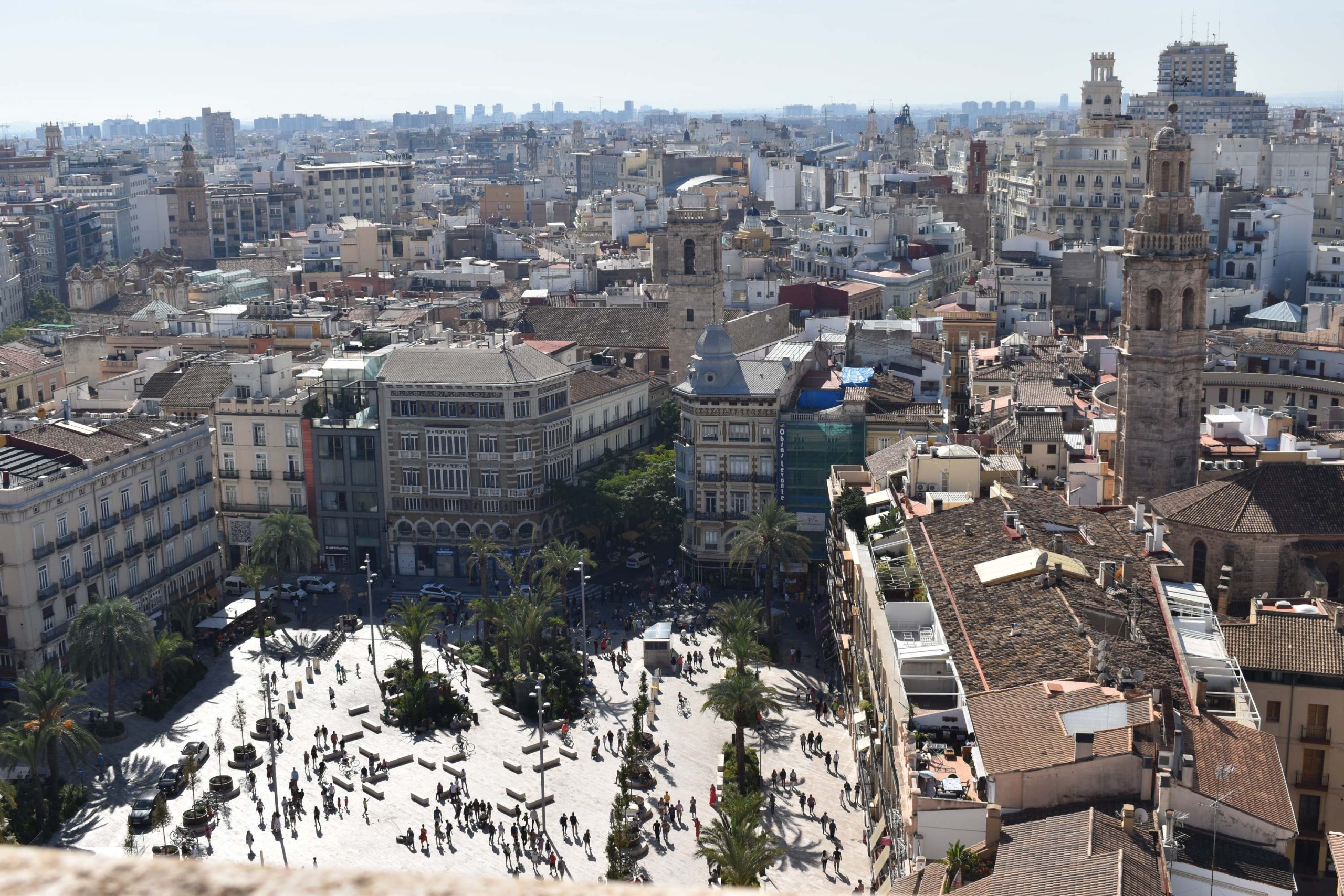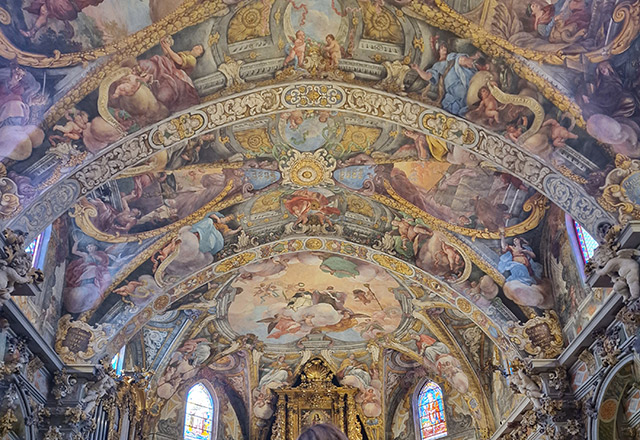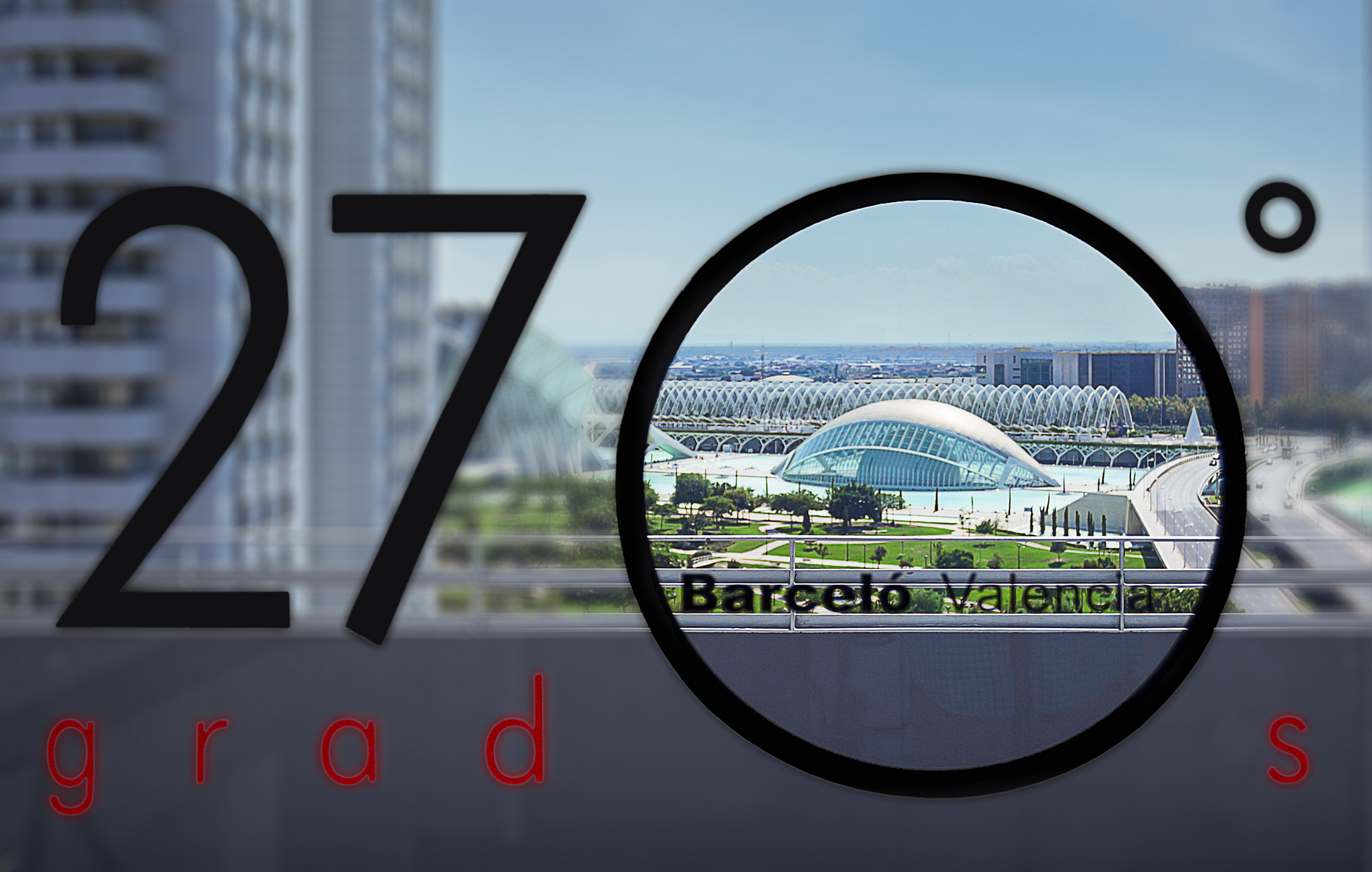The renovated Port of Valencia is one of the unmissable sights in this seafaring city. Its remarkable buildings, daily hustle and bustle, its nostalgia for a past devoted to shipbuilding on a huge scale, and the views of a translucent strip of the Mediterranean Sea all combine to make this a sight that no visitor should miss, while proving (whatever may be said to the contrary) that Valencia has not turned its back on the sea. The evidence can be found in the restaurants and leisure facilities that the Port area contains, as you can discover for yourself.
Lying within the metropolitan area, the Port of Valencia is the busiest port in Spain and the fifth busiest in Europe. This is the point of departure for boats linking Valencia with the Balearic Islands, and the port has long been an important terminal for Mediterranean cruise ships. It covers an area of over one million square metres. That is about to change, however, as an ambitious plan has been approved to extend its northern section. The Port also contains impressive buildings which now serve a different purpose from what was originally intended.
The Port of Valencia’s Shipyards
This is true of the Grao Royal Shipyard, a splendid example of civic Gothic architecture in Valencia, founded to build and repair boats when the city was an important maritime power in the Mediterranean. Building of this Shipyard began in 1377 on the orders of the city’s Council, and work continued until the fifteenth century, during a time of massive expansion for the shipping industry. However, with the decline of shipbuilding, the site occupied by this Shipyard found other uses. First, it was used to store grain, and then salt. Then it became a cinema, before it was acquired by a private owner. After it had been declared a Historic Monument in 1949, Valencia’s City Council decided to renovate it, and today it houses the Joaquín Saludes Maritime Museum and several exhibition spaces.
The main façade of the Port of Valencia’s Shipyard is especially eye-catching, as it consists of five enormous brick-built pointed arches between which the city’s coat of arms is displayed. The interior covers no less than 3,500 m2, and is divided lengthwise into five sheds under a single gabled wooden roof. To give us an idea of its dimensions, suffice to say that it was designed to allow ships to be moved in and out.
The remarkable Edificio del Reloj
If we walk down to the inner harbour of the Marina Real close to the seashore, we can visit the iconic Edificio del Reloj [Clock Building], which dates from 1916 and which began life as the Port of Valencia’s Harbour Station. Today, following an exciting restoration project, it houses the offices of the Port Authority. The building takes its name from the famous four-faced clock that still shows the time for boats entering and leaving the harbour. Behind it runs Carrer de Doctor Juan José Dómine, one of Valencia’s few arcaded streets.
Close to the Edificio del Reloj, we can see the Modernist-style so-called Tinglados [warehouses] dotted around the port harbour, which were, of course, specifically built for the purpose of storage. These buildings were designed in 1911, and decorated with Valencian plant motifs and reliefs on the theme of work and the seafaring world. Of the eight warehouses that were built, only numbers 2, 4 and 5 remain. If you are interested and you look closely enough, on Tinglado number 2 you will find representations of hammers, pliers, cogs, fish, anchors, etc.
Sailing: the America’s Cup
If you like sailing, have a look at the black glass building situated between the Edificio del Reloj and Tinglado number 2. This is base for the America’s Cup, the most prestigious sailing regatta in history. If you wish, you can go inside and see an audiovisual display on its history. In fact, the 2007 America’s Cup was what provided the impetus for the remodelling of the old Port of Valencia. Valencia was actually the first European city to organise this event.
Nowadays, the Port of Valencia’s Juan Carlos I Royal Marina is dedicated to water sports. It has two harbours with space for 800 berths, so the public can have the chance to admire the vessels moored there (including a large number of yachts), and to enjoy the tranquillity of the Mediterranean Sea. In the distance can be seen the lighthouse and the white silhouette of the impressive Velas y Vientos (Veles e Vents, in the Valencian language)—the Port of Valencia’s avant-garde flagship building, which cost a mere 35 million euros.
Steel and glass in the Port of Valencia
An imposing structure in steel and glass, by the architects David Chipperfield and Fermín Vázquez, the building exemplifies innovation and provides a symbolic link between the city and the sea. It was awarded the 2006 LEAF prize for architecture, and was designed as the operations centre for the regatta. Its terraces afford a complete view of the harbour, of the boats sailing out of the channel, and of Platja de la Malva-rosa beach. An interesting fact: The building takes its name from the lines of a poem by Ausiàs March, in which the Valencian Golden Age writer evokes the force of the winds.
If you have the time, we suggest that you also visit the following attractions, as they are located very close by the Port of Valencia: the famous Platja de la Malva-rosa beach; the Rice Museum, housed in an old windmill; the Museo de la Semana Santa Marinera [Maritime Holy Week Museum] with Holy Week images, the floats used to carry them and standards belonging to the various brotherhoods; and the Casa Museo Blasco Ibáñez [Blasco Ibáñez House-Museum], devoted to one of Valencia’s most prominent writers. His novel Cañas y barro [Reeds and Mud] was made into a TV series.
Restaurants in the Port of Valencia
And if by now what you really want is to sit down and enjoy a good meal, you’re in exactly the right place, because the area around the Port of Valencia has become a magnet for gourmets and foodies. The most exclusive restaurants are the Bar Aduana (situated between two 15-metre-high fig trees that have been declared monumental trees); Destino Puerto; Vlue Arrivar; Dos Lunas Beach; High Cube; La Marítima; Malabar, La Lonja del Pescado and Duna Puerto—but there is an excellent choice of establishments in the area to suit all budgets. If you fancy a gourmet extravaganza, book a table at La Sucursal, the restaurant in the Veles e Vents building. In addition to providing a 360-degree panorama of the port, the restaurant offers a tasting menu that has been recognised with one Michelin star and two Repsol suns.
Bear it in mind. Take the opportunity offered by your stay in Valencia to enjoy the port, with its magnificent buildings, its new architectural additions, and its comprehensive culinary and leisure pursuits.




































































